Leo Carrillo
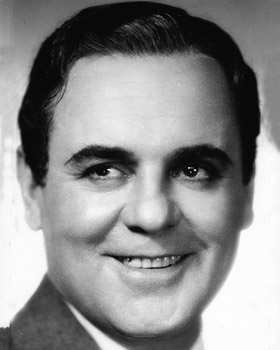
Stars


Actor Leo Carrillo was equally adept at playing the buffoon, riding in a parade or making a serious address.
Carrillo had deep pride in California's romantic Spanish-American history and the prominent part his family played in it. He seemed to personify the dashing caballero.
He was born Aug. 6, 1891, in an adobe building close to what is now Olvera Street in a historic section of Los Angeles. He was the fifth child of eight in a family that could trace its lineage back to the colonization of California by Spanish conquistadors.
His great-great grandfather, Jose Reimundo Carrillo, accompanied Father Junipero Serra and explorer Gaspar de Portola on the expedition north from Baja California in 1769 to settle San Diego.
His great-grandfather, Carlos Antonio Carrillo, was appointed in Mexico in 1837 as provisional governor of California.
Carlos Antonio once controlled 70,000 acres of land in what is now West Los Angeles. His brother, Jose Antonio Esequiel, was a signer of the Treaty of Cahuenga in which the Mexican forces capitulated to the Americans in 1847.
Carrillo's grandfather, Pedro C. Carrillo, was an early-day Los Angeles judge and the actor's father, Juan Jose, was once mayor of Santa Monica. Many years later, in 1939, Leo was named honorary mayor of West Los Angeles.
Carrillo attended St. Vincent's College, forerunner of Loyola University, and decided to become an artist. To earn money for additional studies he got a job in the engineering department of Southern Pacific Railroad.
He was assigned to construction along California's scenic coastline where the railroad was being pushed northward to close the gap between Santa Barbara and San Luis Obispo.
He worked with men of many nationalities and learned dialects that he would later use on the stage. He eventually could speak five different tongues, including Japanese and Chinese.
His real ambition was to become a cartoonist, and he left railroading to take a $15-a-week job as an artist on the San Francisco Examiner. In his spare time, he attended art school.
He made his first stage appearance at an amateur benefit. Then when an act on the Orpheum Circuit didn't show up, Leo filled in and was a hit. His acting career was launched.
He appeared in Los Angeles, Chicago and St. Louis, and eventually reached the New York stage. He had trouble convincing producers that he could act as well as mimic, but his skill with dialects was to stand him in good stead. He landed his first part in the theater as Tony, a comic Italian role in "Twin Beds."
It led to his appearance in a string of Broadway hits, including "Magnolia," "Mike Angelo," "Gypsy Jim," "Badman," "Broken Wing" and "Mr. Antonio."
His greatest success in the theater was in "Lombardi Ltd." It played two straight years on Broadway, two years on the road and a year in Australia.
When he returned from Australia, he made his debut in silent movies. His first film role was in Booth Tarkington's "Mr. Antonio," the film version of the play in which he had already appeared on Broadway.
His antics on the screen became familiar to movie fans in such other productions as "Gay Desperado," "Love Me Forever" and "20 Mule Team," in which he played with his friend Wallace Beery.
While still in New York during his days in the theater, Carrillo met a young lady backstage after she and several friends had seen his performance. She was Edith Shakespeare from Nyack, N.Y. They were married in 1913 and remained together until her death in 1953.
When they came to California, Leo built their Santa Monica Canyon home on Channel Road, called "Los Alisos" ("The Sycamores"), where he resided until his death.
The Carrillos, with daughter Marie Antoinette Carrillo, spent part of their time at their 4,500-acre ranch at Vista, near San Diego. Boy Scout groups were frequently permitted by Carrillo to camp on the grounds.
After his early successes on stage and screen, a whole new generation was captivated by his portrayal of Pancho, the impish sidekick of the Cisco Kid in a highly popular television series about the Old West.
Children were particularly fond of the Pancho character. Close friends of Carrillo's recalled that this popularity among youngsters was a source of great satisfaction to him. Wherever he went, they mobbed him for autographs, and he was always happy to oblige.
He seldom turned down an invitation to speak at a banquet or civic observance. And he was happy to oblige when requested to appear in a parade or fiesta with one of his high-spirited Palomino horses.
As a speaker, he could transport his audiences from laughter to tears and back again. He received numerous awards for public service, including an honorary colonelship in Oklahoma.
He had a deep interest in politics. He seriously considered running for governor in 1941 but decided against it because of his admiration for Earl Warren, who made a successful bid for the office that year and went on to become the chief justice of the Supreme Court.
Warren appointed Carrillo to the State Park Commission in 1942. He served continuously at that agency through his late '70s.
He led scores of public drives. One of those closest to his heart was the purchase by the state of the Old Plaza in the heart of Los Angeles for creation of a monument to the founding of the city. He conceived the idea and saw it realized when the state acquired the Plaza's Old Pico House and surrounding property, including Olvera Street, in 1953.
Many years before his death, Carrillo lopped 10 years off his actual age. Because of his whirlwind pace and still-dashing appearance, few guessed toward the end of his life that he was actually nearing 80.
In 1960, a year before his death, he swung through Latin America on a 20,000-mile trip as goodwill ambassador for the 1964-65 New York World's Fair.
In addition to his other interests, toward the end of his life Carrillo devoted much of his time to the completion of a book, "The California I Love," written in collaboration with Times columnist Ed Ainsworth. Carrillo said the book was the culmination of his life, and it included many of his California stories and the story of his own life.
He died of cancer at his Santa Monica Canyon home on Sept. 10, 1961, at age 80.
Related stars
|
|

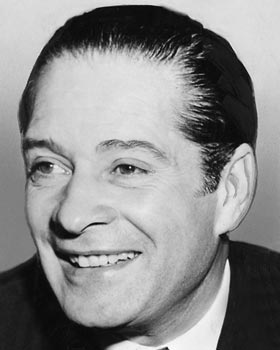
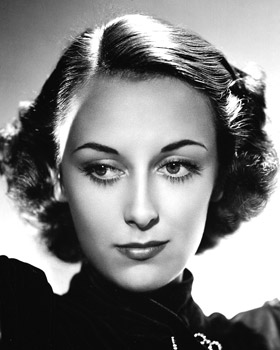
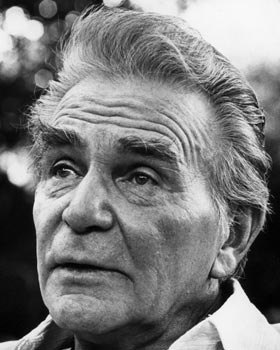
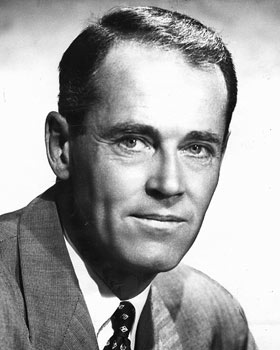

14 thoughts about Leo Carrillo
Share a thought about Leo Carrillo